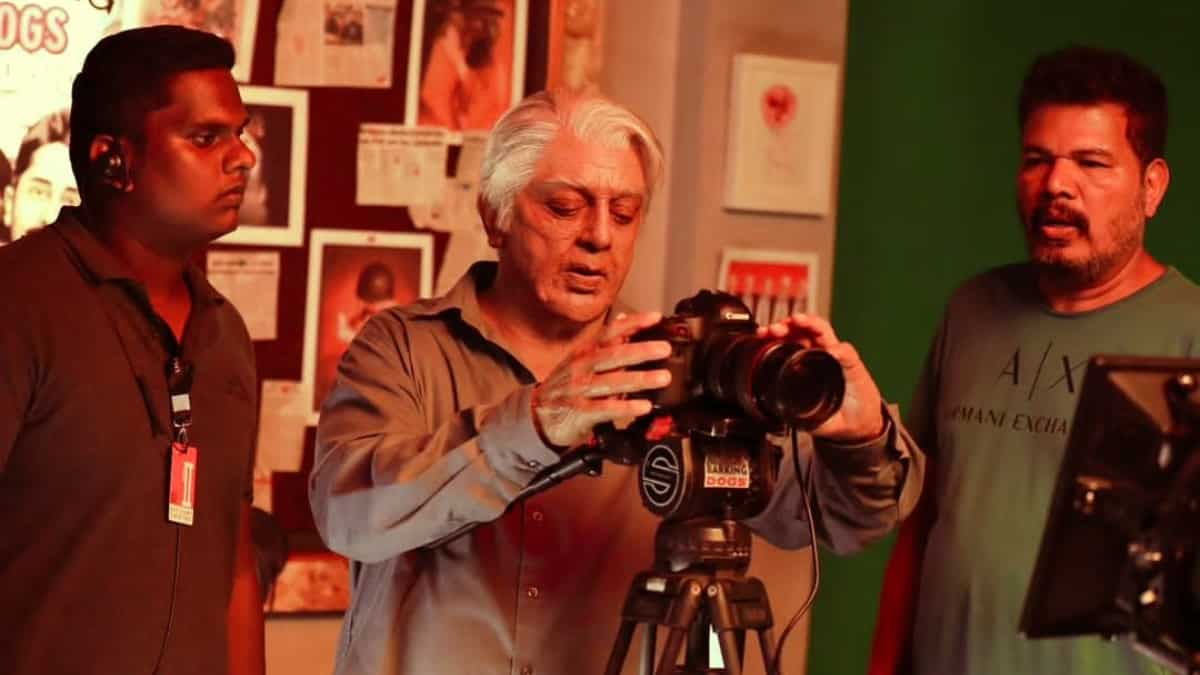
An Ode to the Hills - Meghalaya chefs weave together foraged ingredients and contemporary flair
1 month ago | 25 Views
In Meghalaya, food isn't just sustenance; it's an expression of cultural identity. Influenced by its indigenous tribes - the Khasis, Jaintias, and Garos - Meghalayan cuisine boasts a unique flavour profile that sets it apart from the rest of India. As you traverse the three main hills - each whispers its own culinary tale, offering a glimpse into the soul of the region.
The otherwise overlooked northeastern region is gaining recognition across states and countries for its unique ingredients. Many chefs and food enthusiasts from Meghalaya, now living in various parts of India, are taking the initiative to introduce the flavours of the northeast to a wider audience in mainland India.
In recent years, a new wave of chefs has emerged in Meghalaya, blending traditional recipes with contemporary techniques to create innovative dishes that pay homage to their roots. These culinary visionaries are not only preserving age-old traditions but also pushing the boundaries of what Meghalayan cuisine can be.
A Celebration of Simplicity and Tradition
At the heart of Khasi cuisine lies a reverence for simplicity and purity of flavours. Dishes like Jadoh, a fragrant rice cooked with meat and spices, and Doh Neiiong, a hearty pork curry simmered in a rich black sesame gravy, are a celebration of authenticity and tradition.
Nambie Jessica S Marak, the first runner-up of MasterChef India Season 8, highlighted the simplicity yet rich flavours of the state's cuisine. "The stories behind my dishes draw inspiration from my history, cultural roots, tales passed down by my parents, and predominantly, the rich landscape of my village. Blessed with nature's abundance, we've mastered the art of survival through foraging and cultivating our own food. Even a humble dish like boiled mustard leaves from the mountains takes on an extraordinary taste. My culinary inspiration lies in narrating cultural stories through the canvas of a plate," Nambi explained.

Garo cuisine is equally intriguing with its unique recipes. Meat is a fundamental component of their diet. One ingredient that enhances the flavour of their dishes is Kalchi or Katchi, a natural alkali made from banana or cotton ash, commonly used in recipes like Do'o Kappa, a renowned chicken sauce. Another popular delicacy is Nakam Bitchi, a dry fish gravy. Sobok Chatni, also known as Mekin, is a side dish made from banana flowers.
Nambi explained that Garo cuisine is rich in locally sourced ingredients, with staples like rice, bamboo shoots, and leafy greens forming the foundation of their dishes. Nambi elaborated, “Garo cuisine showcases a rich variety of locally sourced ingredients. Staples like rice, bamboo shoots, and leafy greens form the foundation, while unique elements like 'lye,' an alkalizing agent from burnt bamboo ashes, add distinctive flavours. Pork and fish, skillfully prepared, take centre stage, often complemented by the use of indigenous herbs and spices.”
Fusion Cuisine: A New Wave of Innovation
Ahmedaki Laloo, a young and innovative chef, is making waves with her fusion dishes. She is the founder of A’Origins, a concept-driven dining experience focused on tracing back and reviving age-old culinary traditions in the dishes they serve. "In our dishes, we always want to highlight seasonal produce and experiment with it. Our menu continuously evolves based on the availability of ingredients. At the end of the day, we ensure that every plate we send to the table is made with pure love and honesty," says Chef Ahme.

She spoke about her ethnic cuisine, Jaintia food, and said, “I come from the foothills of the Jaintia Hills. Our ethnic cuisine emphasizes the technique of smoking, blessed with the finest rice valleys. Our curries are primarily based on nai-iong, or black sesame paste, and we are meat lovers, consuming it in salads, curries, or spit roasting. Additionally, the famous Lakadong turmeric is highlighted in every dish we prepare.”


Chefs like Nambi and Ahme are not only preserving the cultural heritage of their ancestors but also pushing the boundaries of what Meghalayan cuisine can be.

















